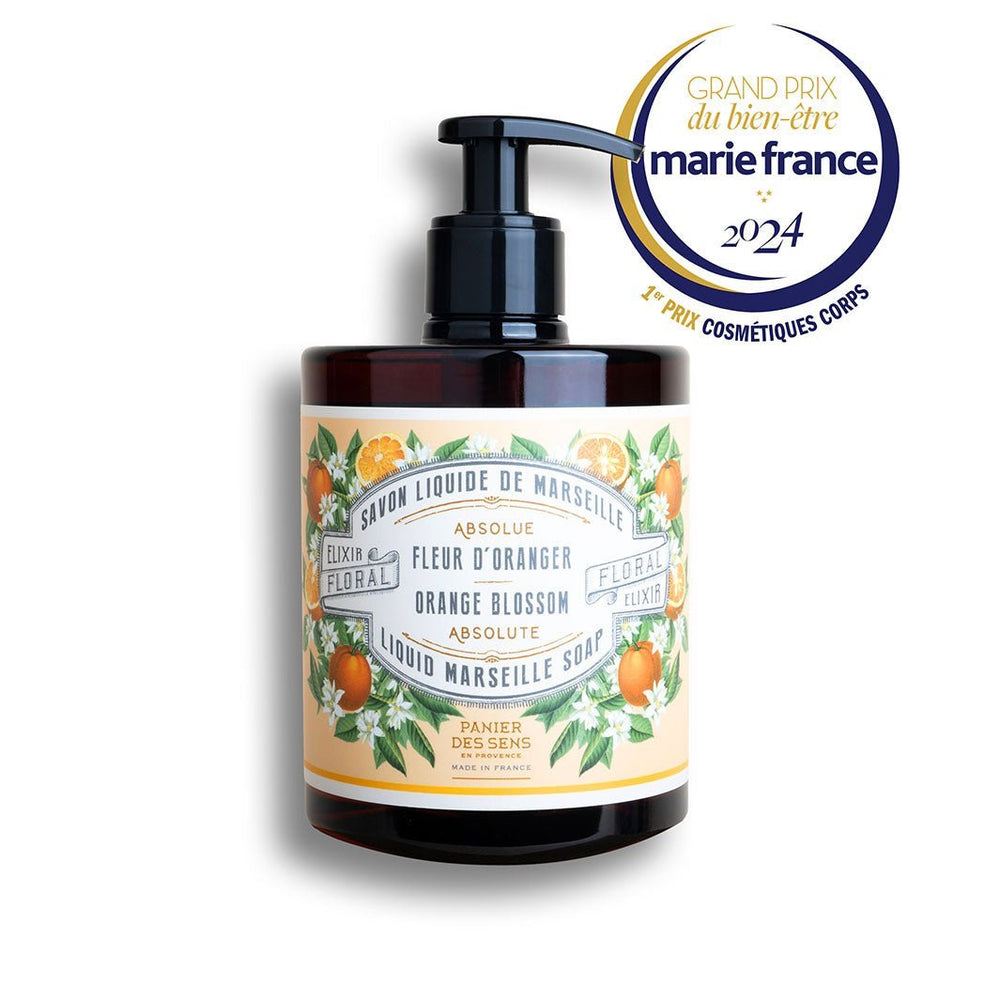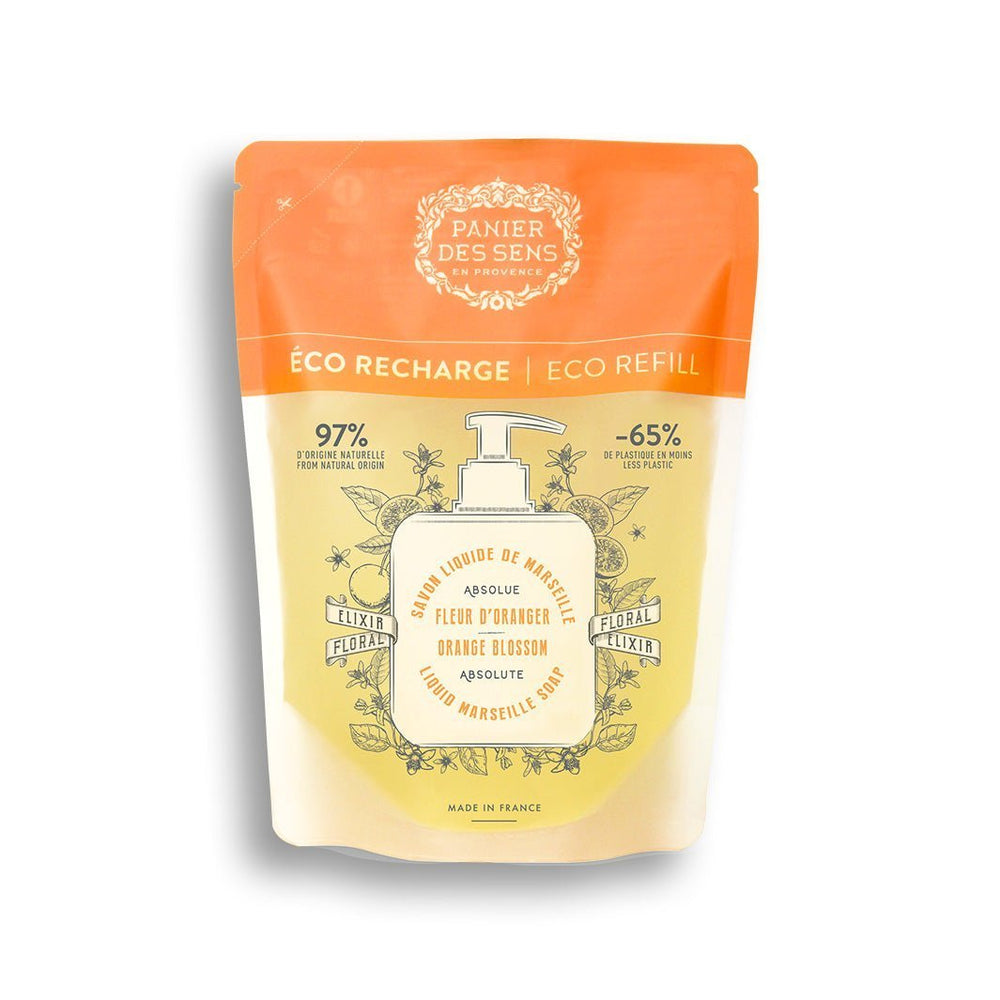How do I clean a floor with liquid Marseille soap?
Cleaning a floor is a daily task that deserves special attention, particularly in the choice of products used. Liquid Marseille soap is renowned for its effectiveness and gentleness, making it a valuable ally in the maintenance of various surfaces. This traditional product, which is both ecological and economical, nevertheless requires a little knowledge for optimum use. To guarantee impeccable results, the preparation of the cleaning solution plays a crucial role: it's imperative to choose the right product and dilute it in the right proportions.
Consequently, the cleaning procedure must be meticulous, whether for regular maintenance or for the treatment of specific stains. This involves taking into account the nature of the floor to be cleaned, as well as applying appropriate techniques. Finally, it's essential to follow safety precautions to ensure the longevity of the floor covering and maintain the integrity of the cleaning equipment. Understanding the different varieties of liquid Marseille soap and their particularities is the first step towards safe, effective cleaning.

Preparing the cleaning solution
Choosing the right liquid Marseille soap
For effective, gentle floor cleaning, the choice of liquid Marseille soap is essential. Opt for an authentic formula, made fromvegetable oils with no chemical additives, guaranteeing the gentleness needed to care for delicate surfaces. A genuine liquid Marseille soap can be recognized by its short list of ingredients and its ecological certification, which are guarantees of quality and environmental respect.
Recommended dilution and dosage
Once you've got the right product, it's time to prepare your cleaning solution. The ideal dilution is a few drops of soap in a bucket of lukewarm water - one tablespoon for five liters of water will usually suffice. This light concentration ensures thorough cleaning without leaving residues or streaks on your floors. Don't hesitate to adjust the proportions according to the level of soiling: a little more concentrated for stubborn stains, or more diluted for light daily maintenance.
Cleaning procedure
Routine cleaning and regular maintenance
For effective daily cleaning, the liquid Marseille soap method is quick and easy. Start by sweeping or vacuuming the floor to remove dust and debris. Then soak your floorcloth or mop in the previously diluted solution and wring it out slightly so that it's damp but not soaked. Sweep the mop in even strokes over the entire floor surface. For large areas, proceed in sections to ensure that each part of the floor is properly cleaned. When you've finished, leave to air-dry without rinsing: Marseille soap doesn't need rinsing, thanks to its natural formula which leaves no residual film.
Treatment of specific stains
When more stubborn stains appear, special attention needs to be paid to spot treatment. Apply a few drops of liquid Marseille soap directly to the affected area and leave for a few minutes. Using a soft brush, gently scrub in a circular motion to penetrate the fibers of the upholstery without damaging them. For oil or wine stains, for example, swift action will increase your chances of complete removal. After treating the area, damp mop to remove any soap residue and dry with a clean cloth if necessary.
This targeted approach will enable you to maintain the original appearance and integrity of your floors while using an environmentally-friendly method that respects the materials.
Precautions and recommendations for use
Soil types and compatibility
The effectiveness of liquid Marseille soap has been proven, but it needs to be adapted to different floor types. On fine wood parquet or terracotta tiles, for example, the cleaning action must be gentle to avoid altering the patina or natural shine. So make sure the soap you choose is compatible with your type of flooring; some are specially formulated for delicate surfaces. It's also a good idea to test the solution on a small, discreet area before proceeding with the full cleaning.
Safety and equipment maintenance tips
To ensure the long life of your cleaning equipment, it's essential to take good care of it. After each use, rinse your mops and brushes thoroughly to remove all traces of soap. This will prevent the build-up of residues that could prove counter-productive in future washes. As for the precautions to be observed, bear in mind that even natural soap remains an active product; wear gloves if you have sensitive skin, and be sure to air the room well when cleaning to evaporate any excess moisture.
We recommend these other pages:
- Comparison of the different liquid Marseille soaps on the market
- How do you choose the right variety of liquid Marseille soap for your skin type?
- What are the specific properties of each variety of liquid Marseille soap?
- What ingredients differentiate the different varieties of liquid Marseille soap?
- Are the varieties of liquid Marseille soap suitable for different uses?
- Tips for using liquid Marseille soap as a household product
- How to use liquid Marseille soap for window cleaning
- How can liquid Marseille soap be used in the bathroom?







































